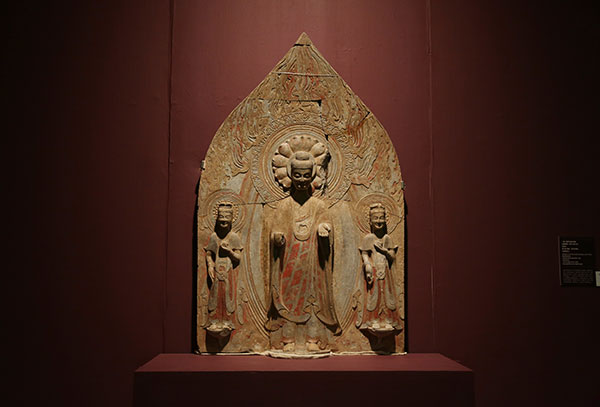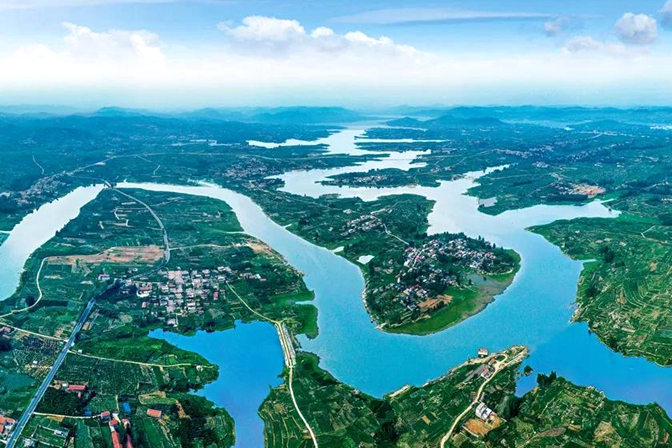Qingzhou's trove
 |
|
[Photo provided to China Daily] |
Exhibition curator Zheng Yan, who is also a professor of cultural heritage at the CAFA, had mixed feelings when he first saw the artworks in 1997, in the storehouse of Qingzhou City Museum where they have been kept and restored after being excavated.
"It was a startling scene. A bulk of the images had been broken into pieces of varying sizes. They were scattered all over the floor," he recalls.
"Researchers at the museum managed to piece together nearly 100 fragments to see a statue's original form, while I heard there were several hundred more in need of sorting out."
It took professionals years to finally reassemble some 400 statues with some of their fingers, hands and arms still missing or incomplete. Also, there are a lot of broken pieces that can't be restored and part of them are shown at the exhibition at the CAFA art museum.
As the exhibition title Smashed and Reassembled suggests, Zheng hopes the juxtaposition of mended sculptures and groups of fragments can bring new perspectives to the viewing of Buddhist art.
Yang Zhongkui, director of Qingzhou City Museum, says the production of Buddhist statues unearthed from the storage pit spanned nearly five centuries and the earliest dated to AD 529.
He says many sculptures feature a high back screen carved with intricate raised patterns that form the distinctive "Qingzhou style".

 Shandong Culture and Tourism Consumption Season
Shandong Culture and Tourism Consumption Season Culture, tourism sectors pick up in Shandong as epidemic wanes
Culture, tourism sectors pick up in Shandong as epidemic wanes

